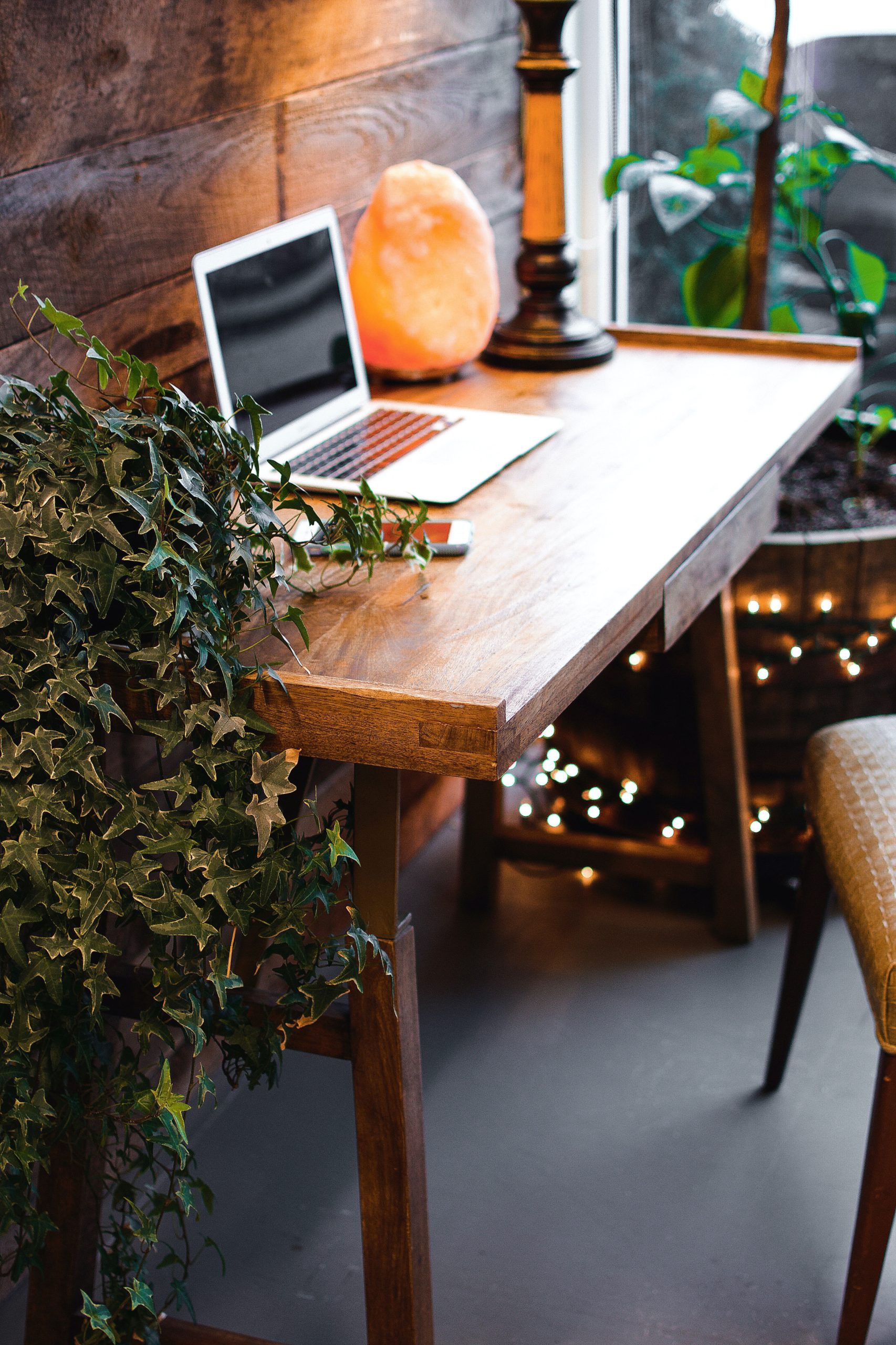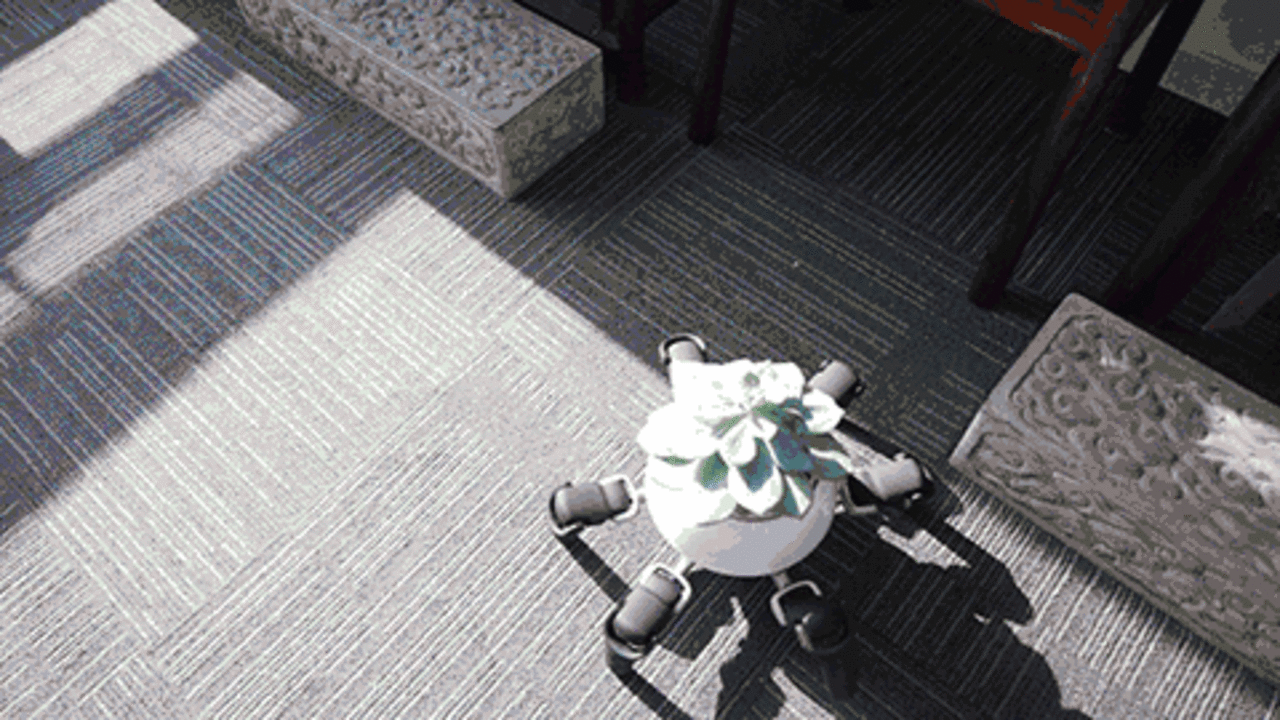Do you want to transition to a new pot because your flowers are finally flourishing in spring time? Or do you just want to freshen up your decor? Well, whatever
the reason is, repotting is a good practice and can also be fun if done mindfully.
Follow these 10 simple steps to give your green buddies a pamper treatment!
Step 1: Water the Plant
The first thing to do is to give your plant that is to be repotted a bit of water. This is done so that the root can ball and soil can slide easily out of the pot.
Step 2: Un-pot the Plant
Next, carefully turn your plant to the side and start removing it from the pot. Support the main stem with one hand and gently pull the pot away with the other hand. Be careful of not pulling on the stem. If required, you can lightly tap the pot over a counter or work surface or loosen the soil around the pot’s edges with a knife or a trowel.
Step 3: Prune those Roots
Always remember
to begin the repotting process by looking at the roots and the soil. If the soil is still good, try not to disturb it a lot. But if it’s gone bad or rotten and moldy, shake away the excess without removing a whole lot. Remember: removing soil can stress out your plant. If the roots are stuck together tightly or are coiled, loosen them using your fingers or gently slice them with a knife so that they are spread out. Trim any excessively long ends. If you spot any rotten or dead roots, remove them by cutting.
If you’re repotting the plant in the same pot, the excess soil should be shaken off. Use a pair of scissors to prune up to 25% of the roots to revive the plant while making it small enough to go in the same pot.
Step 4: Clean The Pot
You can use hot soapy water to get rid of disease-causing microorganisms and insect larvae in the pot and pat it dry afterwards.
Step 5: Add Some Soil
You need not put gravel in the bottom if the soil you’re using drains well. Remember to make a small mound of soil inside the pot where your plant can sit. Now, measure the height and ensure that the top of the root ball is at least 1/2 an inch below the pot rim. This will make sure that the pot doesn’t overflow when water is poured in it.
Step 6: Position the Plant
You can use hot soapy water to get rid of disease-causing microorganisms and insect larvae in the pot and pat it dry afterwards.
Step 5: Add Some Soil
You need not put gravel in the bottom if the soil you’re using drains well. Remember to make a small mound of soil inside the pot where your plant can sit. Now, measure the height and ensure that the top of the root ball is at least 1/2 an inch below the pot rim. This will make sure that the pot doesn’t overflow when water is poured in it.
Step 6: Position the Plant
You can use hot soapy water to get rid of disease-causing microorganisms and insect larvae in the pot and pat it dry afterwards.
Step 5: Add Some Soil
You need not put gravel in the bottom if the soil you’re using drains well. Remember to make a small mound of soil inside the pot where your plant can sit. Now, measure the height and ensure that the top of the root ball is at least 1/2 an inch below the pot rim. This will make sure that the pot doesn’t overflow when water is poured in it.
Step 6: Position the Plant
You can use hot soapy water to get rid of disease-causing microorganisms and insect larvae in the pot and pat it dry afterwards.
Step 5: Add Some Soil
You need not put gravel in the bottom if the soil you’re using drains well. Remember to make a small mound of soil inside the pot where your plant can sit. Now, measure the height and ensure that the top of the root ball is at least 1/2 an inch below the pot rim. This will make sure that the pot doesn’t overflow when water is poured in it.
Step 6: Position the Plant
You can use hot soapy water to get rid of disease-causing microorganisms and insect larvae in the pot and pat it dry afterwards.
Step 5: Add Some Soil
You need not put gravel in the bottom if the soil you’re using drains well. Remember to make a small mound of soil inside the pot where your plant can sit. Now, measure the height and ensure that the top of the root ball is at least 1/2 an inch below the pot rim. This will make sure that the pot doesn’t overflow when water is poured in it.
Step 6: Position the Plant
Now carefully lower the plant inside the pot and set it on the soil. Take a look from all sides to ensure it is centered and upright.
Step 7: Fill Up the Pot
Work in layers and add potting soil around the plant, pressing it down with your fingers until it feels firm. Remember: don’t bury your plant any deeper than it was!
Step 8: Water the Plant Your newly potted plant baby needs water now, so give it enough so that the water comes out of the bottom of the pot. You can also place the plant in a sink and let it have a good, big drink. Make sure the
soil is evenly moist and that the excess water is draining out. You can also spritz or wipe down the foliage to remove dust.
Step 9: Settling
After watering, sometimes you may need to add a bit more soil to fill up the low spots in the pot. Do this if you think it’s needed.
Step 10: Trim the Plant
Finally, take a closer look and get rid of any dead or broken stems and leaves with scissors. You can also prune your plant with a light hand to make it branch out better. And voila, all done!




